Black-and-white photography is an art that shows more than just photos without color. It focuses on light, shadows, shapes, and emotions. While color photography is popular, black-and-white photos have a classic look and can make pictures feel more dramatic, emotional, and powerful. Whether you’re a beginner or want to improve your skills, this guide will give actionable tips to master black-and-white photography.
What Is Black and White Photography?
Black-and-white photography is a creative way to capture the world by removing color, letting you see shapes, patterns, and light in a new way. Instead of relying on color, it emphasizes mood, emotion, and storytelling, giving photos a timeless and artistic feel.
11 Tips for Shooting Stunning Black and White Photos
1. Draw Inspiration from Black & White Movies

Classic black-and-white films offer a wealth of lessons in lighting, composition, and mood. Watching movies from the 1940s and 50s, or films like Roundhay Garden Scene (1888), helps you understand how to use shadows, contrast, and framing to create visual impact.
Try incorporating these cinematic techniques into your photography to enhance storytelling.
2. Emphasize Shades and Contrast
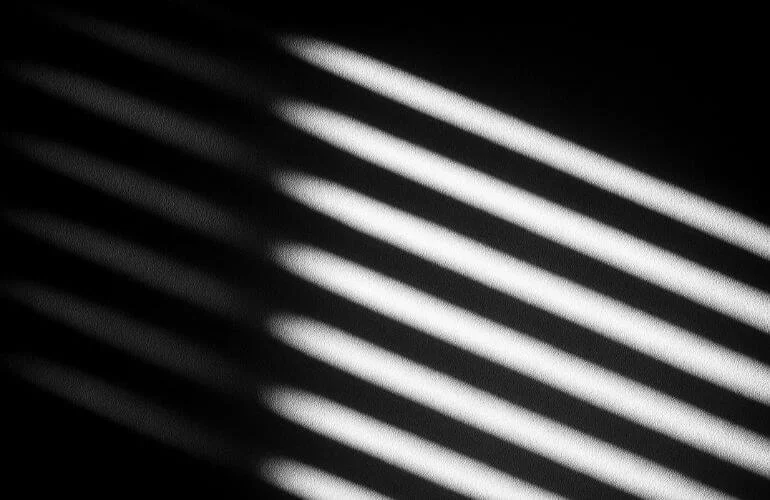
In black-and-white photography, contrast is essential. Focus on the shadows, highlights, and midtones to make your subject pop. Look for scenes where natural light creates interesting patterns, shapes, and textures.
For example, sunlight filtering through window blinds can produce dramatic lines and a striking interplay of light and dark. Experimenting with tonal contrast adds depth and visual interest to your images.
3. Master Natural Light
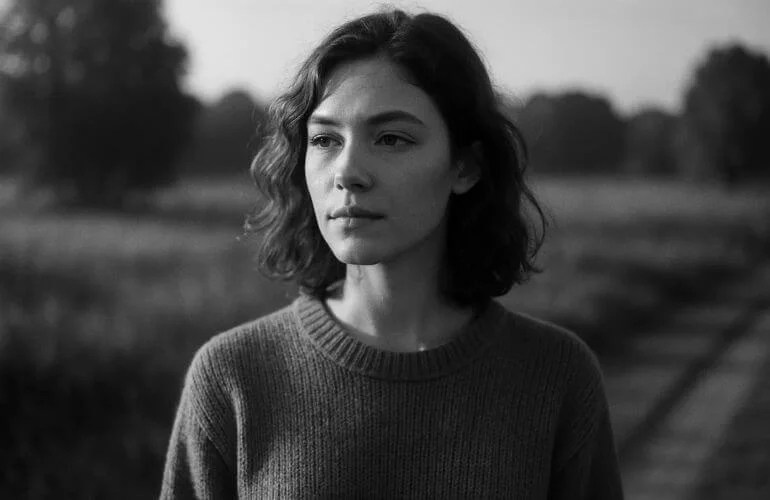
Understanding natural light is essential for monochromatic photography. Avoid shooting when the sun is directly overhead, as harsh light can wash out details. Early morning or late afternoon offers soft, directional light that adds depth and enhances textures. Keeping a consistent light direction can create dramatic effects and make your images more striking.
4. Choose Worthy Subjects
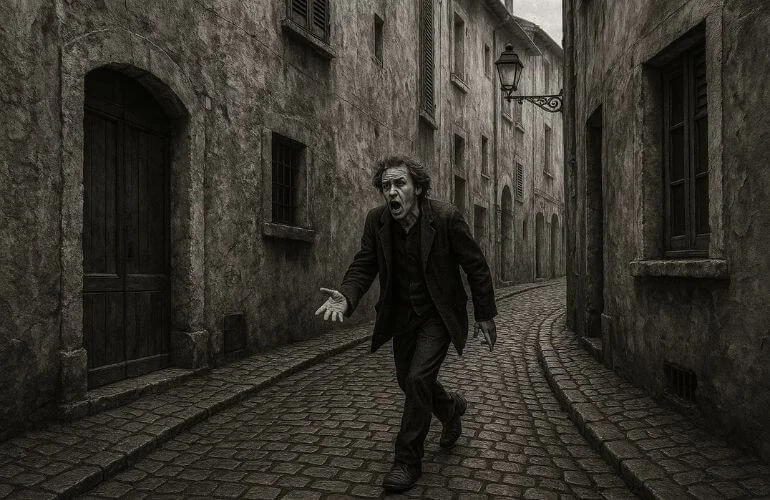
Not every scene works well in black and white. Landscapes with strong textures, architectural details, old buildings, or expressive portraits often shine more in monochrome. Don’t rely on bright colors to make your photo stand out—focus on composition, patterns, and mood instead.
5. Balance Blacks and Whites
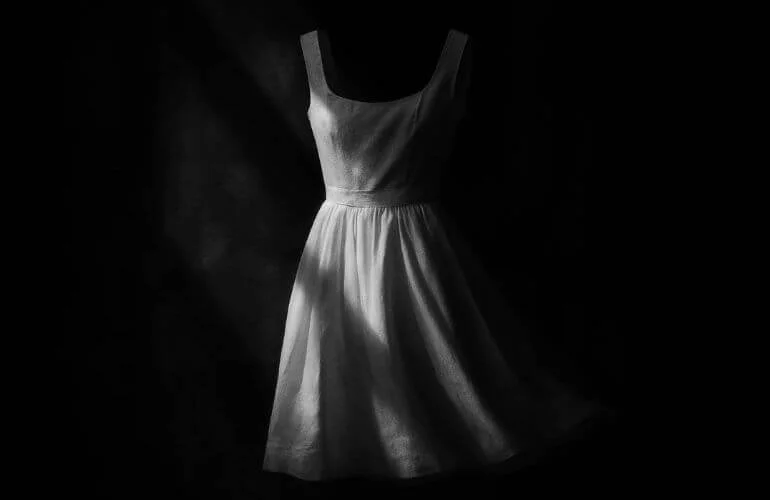
A good black-and-white photo has a balance of dark and light tones. Use deep blacks for shadows and bright whites to highlight important parts of your image. This adds depth and helps guide the viewer’s eye.
For example, a white dress against a dark background or a staircase with strong shadows can make the photo feel more three-dimensional and interesting.
6. Pick the Right Camera

While many modern cameras and smartphones can shoot in black-and-white, professional photographers often prefer higher-end cameras with quality lenses and filters. Shooting in RAW format is best, as it gives more control over contrast, tones, and grayscale conversion during editing.
For example, a high-end DSLR can capture more detail in shadows and highlights than a smartphone, making it easier to create striking black-and-white photos in challenging lighting.
7. Highlight Textures
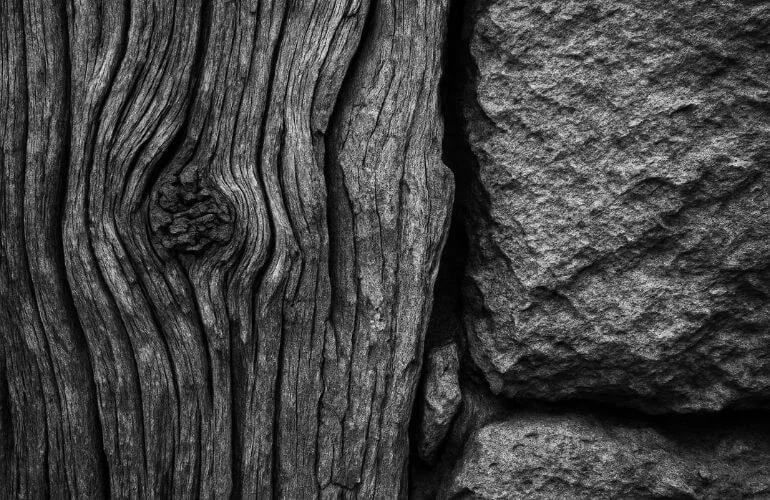
Texture adds richness and realism to monochrome images. Surfaces like rough stone, weathered wood, or the folds in fabric become more pronounced without color distractions. Focusing on texture can make your subject “pop” and give your photo a tactile, almost three-dimensional feel.
Try shooting close-ups of textured objects or skin to reveal details that might be overlooked in color photography.
8. Use Flat Light Strategically
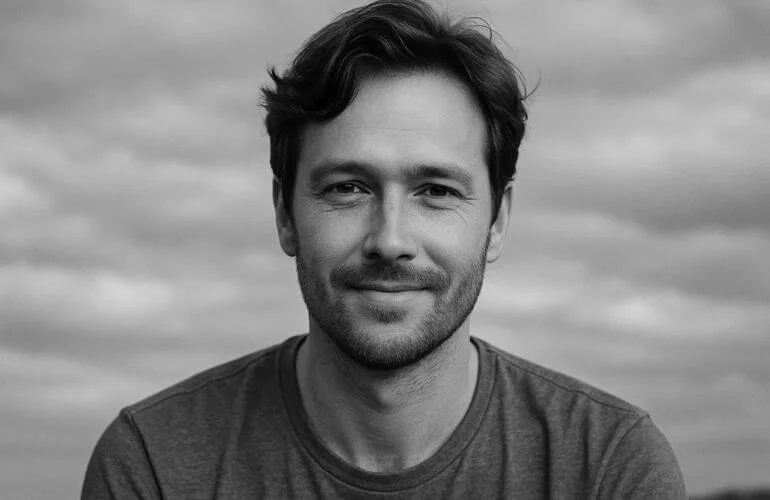
Flat lighting produces soft, even illumination that minimizes harsh shadows. It may make images look less dramatic, but it’s great for showing small details—like wrinkles on a face or the patterns on a flower.
For instance, shooting a portrait on a cloudy day can create a gentle, flattering light that emphasizes form without harsh contrast. Experimenting with flat light helps achieve a clean, elegant look in both portraits and still life photography.
9. Utilize Filters

Filters, like polarizers or red/green filters, help manage reflections, enhance contrast, and emphasize certain details. Using filters can change the mood of your black-and-white photos, making skies darker or textures stand out more.
10. Shoot in RAW
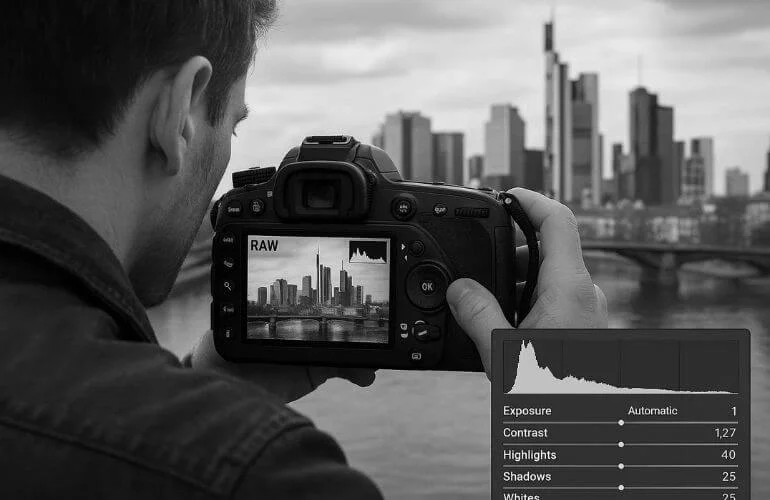
Shooting in RAW preserves maximum image data, giving you full control over exposure, contrast, and tonal adjustments during editing. RAW files make it easier to convert images to black-and-white while preserving details and dynamic range that JPEGs might lose.
11. Trust Your Instincts
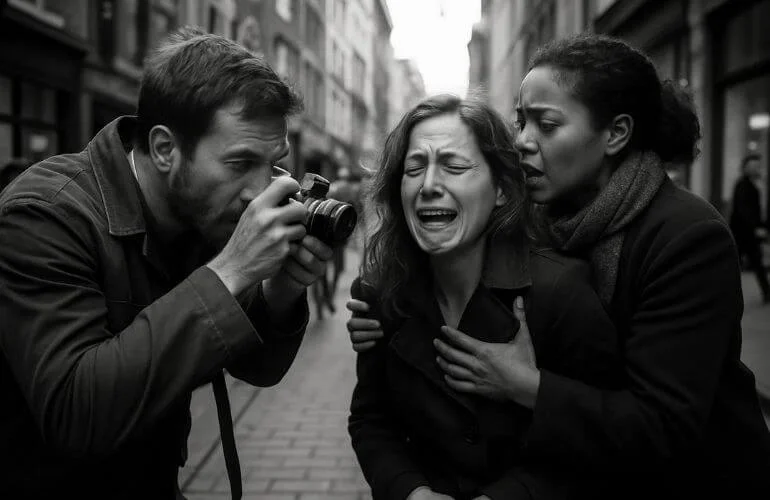
While techniques and rules help, your creative vision matters most. Experiment, learn from other photographers, and adapt tips to your personal style. Over time, your instinct will guide you to capture unique and compelling black-and-white photographs.
Recommended Reads and Resources
- Explore fine art photography to deepen your understanding of monochrome aesthetics.
- Try photo restoration techniques to bring old images back to life.
- Experiment with studio lighting photography for precise light control.
Conclusion
Black-and-white photography is both a science and an art. By focusing on light, contrast, texture, and composition, you can create images that are visually stunning and emotionally compelling. Study classic photographers like Ansel Adams, Arnold Newman, and Vivian Maier, and practice the techniques outlined in this guide to develop your own style.
FAQs
It’s a technique where images are captured or converted to shades of gray, focusing on contrast, texture, and composition.
They simplify the image, highlighting shapes, patterns, and forms without the distraction of color.
It is often referred to as monochromatic photography.
It allows photographers to emphasize mood, textures, and visual storytelling that color sometimes masks.

